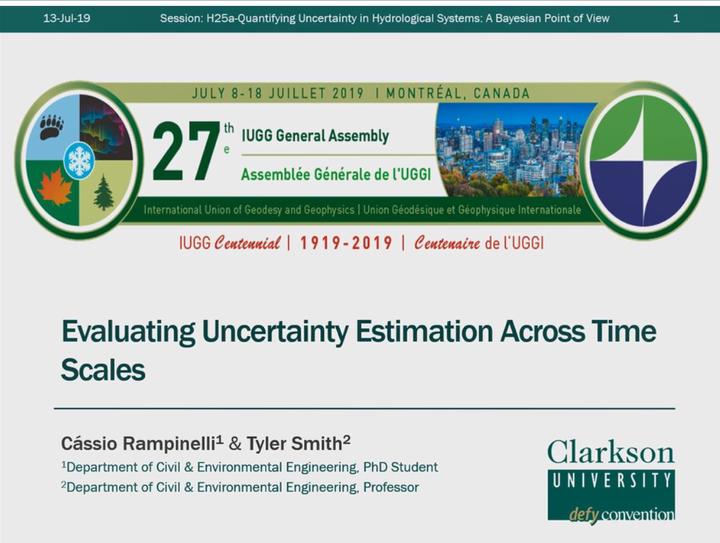Evaluating Uncertainty Estimation Across Time Scales

Abstract
Uncertainty is intrinsically associated with hydrologic modeling and should be considered in research and operational applications that utilize hydrologic models; otherwise, the value of a hydrologic prediction to support decision-making processes may be limited. In this sense, uncertainty estimation has been the subject of several studies in hydrological research and different techniques have emerged to address uncertainty in model predictions. Besides the concerns regarding quantifying uncertainty, other researchers have studied the sources and the nature of uncertainty in hydrologic simulations. However, there are still few studies that address how the time scale of the input data and of the model processing can affect uncertainty estimation in hydrologic simulations. In this context, this work evaluates, for a case study in a Brazilian watershed, how the time scale of the data used in a rainfall-runoff model affects model predictions. The simulations applied the SMAP rainfall-runoff model for daily and monthly time steps and the DREAM algorithm was used to assess the uncertainty for the model parameters and the simulated flow. Model residuals were evaluated across monthly and daily time scales to explore the variability in behavior across time. The results demonstrated that not only can the model parameters be significantly affected depending on the time resolution, but so can the behavior of the residuals. In addition, it was observed that the use of a flexible likelihood function such as the Generalized Likelihood Function appears to be an effective strategy to capture the residuals behavior regardless the flow time scale adopted.